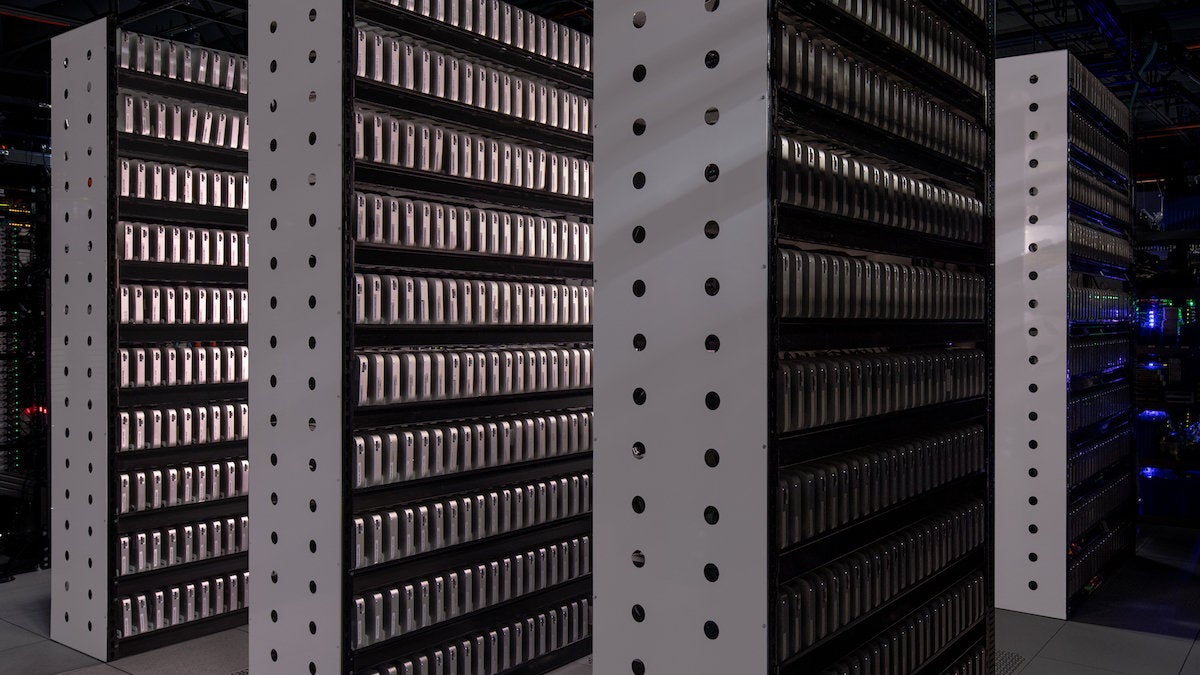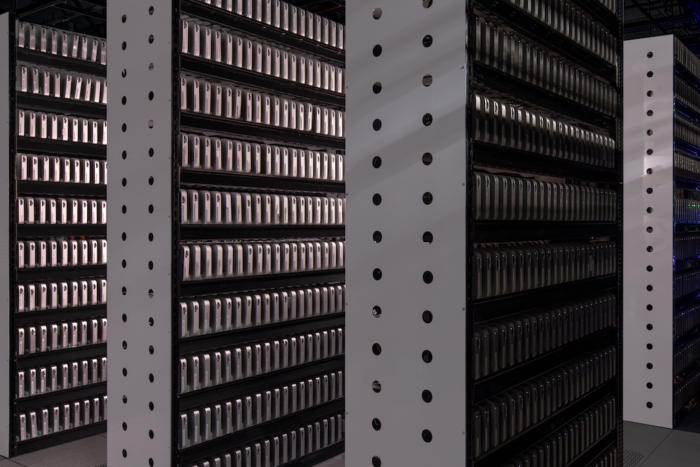
Enterprises worldwide have upgraded employees with Apple solutions to support remote working during the COVID-19 pandemic, Jamf CEO Dean Hager confirmed during his company’s first post-IPO fiscal call.
Apple in the enterprise sees rapid growth
The deployment of Apple in the enterprise appears to be accelerating. “Our business predominantly grows through the enterprise and education acceptance of using Apple products at school or work,” Hager said. “And that acceptance within the enterprise is actually outpacing even the device growth that you see.”
A recent Wipro study indicated 59% of employees would choose a Mac if given a choice, though only 32% are already using one.
The global total addressable market (TAM) for Apple Enterprise Management is estimated to be $10.3 billion in 2019. This is expected to grow at a compound annual growth rate of 17.8% to $23.4 billion by the end of 2024, according to Frost & Sullivan.
The CEO also mentioned a recent Forrester Total Economic impact study that showed the total cost of ownership of Macs is lower than that of a PC. Organizations reduced IT support costs, improved employee productivity and engagement, and enjoyed better overall security, according to the report’s executive summary.
The pandemic means tens of millions of employees are now working from home, many for the first time. Even reluctant enterprises have been forced to support this, and in most cases have found that remote workers still get work done.
Most businesses will continue to support remote working in the future, as employees prefer it in most cases – though it will force a new wave of disruption across some industries. Meanwhile, they continue to deploy Macs.
What’s happening in the COVID-19 enterprise?
Jamf serves all the top 10 U.S. banks, all but one of the most valuable U.S. brands, 75% of the top 20 U.S. hospitals and seven of the 10 largest school districts.
The company says that while iOS already dominates the enterprise, Mac share is also seeing strong growth.
The company has benefitted from a change in the nature of enterprise IT. Employees want to use the tech they’re used to at home when they’re at work, even as Apple continues to make its mobile devices even more capable of handling tasks that once required a computer.
“Specifically, we see enterprise market share for Mac continuing to expand, which we believe is still in the early stages. Jamf will help facilitate that expansion and benefit from it,” Hager explained.
Hager’s company also serves smaller operations, which means it has unique insights into how a range of real-world enterprises are using Apple products to guide their business through the pandemic.
Speaking during the first financial call since the company went public, he confirmed that while his company has benefited from the trend to WFH, some clients – particularly in retail – have felt the squeeze.
There remains a sense of uncertainty around IT spending as renewals, capital expenses and new IT projects are “subject to more scrutiny across organizations everywhere,” explained CFO Jill Putman.
Tales from the Apple enterprise
Hager shared a number of stories to illustrate how Apple is being deployed by enterprises seeking to navigate the pandemic:
- Jamf works with the UK’s Oxford Health NHS Foundation Trust. This began with support for iPads across the trust. During the pandemic it was asked to help the trust deploy Microsoft Teams to iPads to help provide remote patient care.
- In the U.S., UC-San Diego Health uses a Jamf solution to support virtual doctor patient visits across the hospital, reducing disease exposure and saving PPE.
- One of the leading “challenger banks,” Starling Bank responded to the crisis by immediately enabling remote work. It distributed 400 Macs to staffers that were primed for zero-touch set-up and deployment, with the entire deployment handled remotely and IT staff providing support from home.
- Security has become a big issue during lockdown. Scrive chose to deploy Jamf Protect to safeguard its fleet of Macs against malware.
- Perhaps the best illustration of remote working and the need to support technology in the field is the use of iPads in space. Jamf manages thousands of Apple devices for SpaceX, which recently sent NASA astronauts to the International Space Station.
- Hager also confirmed that tens of thousands of school students in the U.S. and worldwide are now seeing their Apple product deployments managed at scale using his company’s solutions.
“If you think that most of our momentum in the industry has been the result of the consumerization of IT, when you have the greatest movement of people from the office to their homes in the history of the world, I believe that that will fuel the consumerization of IT,” he explained.
What about new employee onboarding?
One of the challenges raised by some enterprises concerns the problem of bringing new employees aboard at a time of social distancing. In this regard, Hager shared his own company’s experience recruiting and onboarding new staff:
“We sent everybody home on March 12,” he said. “Since that time, we have fully remotely onboarded over 70 employees and we brought on over 30 summer interns. We fulfilled our internships to over 30 students this summer, and they never came in to work. They were actually very productive all summer long, did a terrific job for us.”
[Also read: 30+ essential facts about Apple in the enterprise]
In terms of IT deployment, at least, he thinks his company has it covered with solutions for zero touch deployment of Mac, iPhone or iPad.
What about human resources?
Hager noted some of the approaches his company is taking to maintain a connection with remote teams:
- Extensive use of video collaboration, including weekly all-employee meetings.
- Encouraging employees to use the same tools for informal conversation.
- A monthly on-boarding meeting with new employees during which Hager speaks with every new hire for two hours as they join the company.
- Use of enterprise-class social media tools to stay connected.
- An IT team that reviews and brings into use new tools as they emerge.
“We try and help our employees stay comfortable in their homes as much as possible,” he explained. “But I would really say it’s creating a – one of my least favorite terms is socially distance. It doesn’t have to be that. You can be physically distant, but actually creating an environment of social connection is of immense value as you’re leading teams.”
What about the transition to Apple Silicon?
Hager’s very positive concerning the upcoming move to Apple Silicon. “We think it’s going to create a more powerful Mac computer that will be selected by more people within the workplace, especially as more people from within the workplace go home,” he said.
Historically, the company also helped guide clients through the PowerPC-Intel transition, which means it has unique insights to help guide the new migration.
Looking ahead to the transition during which organizations will have both Intel and Apple Silicon Macs within their fleets, he promised to help. “We’ll be able to make sure that the right policies get applied to the right machines.”
Please follow me on Twitter, or join me in the AppleHolic’s bar & grill and Apple Discussions groups on MeWe.



